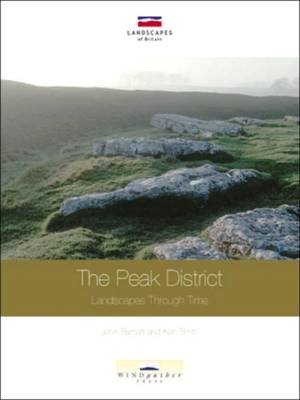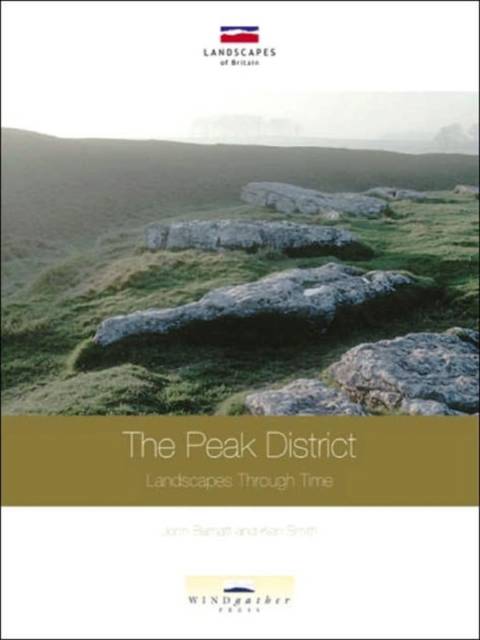
Je cadeautjes zeker op tijd in huis hebben voor de feestdagen? Kom langs in onze winkels en vind het perfecte geschenk!
- Afhalen na 1 uur in een winkel met voorraad
- Gratis thuislevering in België vanaf € 30
- Ruim aanbod met 7 miljoen producten
Je cadeautjes zeker op tijd in huis hebben voor de feestdagen? Kom langs in onze winkels en vind het perfecte geschenk!
- Afhalen na 1 uur in een winkel met voorraad
- Gratis thuislevering in België vanaf € 30
- Ruim aanbod met 7 miljoen producten
Zoeken
€ 43,95
+ 87 punten
Omschrijving
The Peak District has been inhabited by humans for tens of thousands of years, beginning the process that irreperably changed the shape of the landscape. This volume focuses on this relationship between human settlers and farmers and the landscape showing how both have been affected by the other. Following a brief examination of the earliest evidence for hunter-gatherers, principally stone artefacts and cave sites, the authors focus on the activity that, more than anything else, has shaped the landscape that we see today, agriculture. The study searches for evidence of the earliest farmers in the remains of fields, structures, sacred monuments and burials, including over 500 barrows. The authors trace fluctuations in farmers' fortunes, especially during the Iron Age when the climate changed for the worse. Supported by maps, photographs and illustrations, the book discusses the impact of hillforts and the Romans, the increase in mining, Christian monuments, the creation of villages, the uses of woodland, common ground and enclosed areas, the introduction of turnpike roads and the industrial monuments of the 18th and 19th centuries. This is more of a chronological survey than an in-depth study of the Peak District although the narrative is informative if rather impersonal.
Specificaties
Betrokkenen
- Auteur(s):
- Uitgeverij:
Inhoud
- Aantal bladzijden:
- 158
- Taal:
- Engels
- Reeks:
Eigenschappen
- Productcode (EAN):
- 9780954557553
- Verschijningsdatum:
- 1/12/2004
- Uitvoering:
- Paperback
- Formaat:
- Trade paperback (VS)
- Afmetingen:
- 184 mm x 246 mm
- Gewicht:
- 412 g

Alleen bij Standaard Boekhandel
+ 87 punten op je klantenkaart van Standaard Boekhandel
Beoordelingen
We publiceren alleen reviews die voldoen aan de voorwaarden voor reviews. Bekijk onze voorwaarden voor reviews.









